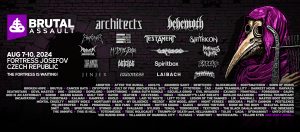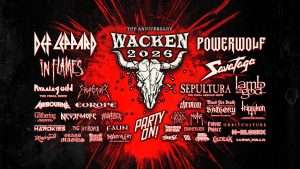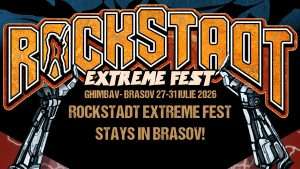Voivod: The timeless Nothingface turns 35 years old
One of Voivod’s best albums was released in 1989 and still sounds as fresh as the day it was released.

Coinciding with the thirty-fifth anniversary of one of the most important works in the history of the genre such as Nothingface, it has been impossible for me not to review one of the most iconic albums in the career of the Canadians based in Jonquière to unsuspected limits to inaugurate the year 2024 in the best way possible. Voivod is one of the most special bands of that decade and continues to be one of the most ahead of its time, pioneering the fusion of some genres and exploring territories that many could not even imagine. In 1989 they had already been experimenting for some years, more specifically since the launch of Kiling Technology in 1987, where they were already beginning to move away from their initial formula to introduce elements of psychedelic rock and leave aside the badass side with which they presented themselves in 1984 with War And Pain
After the successful Kiling Technology they decided to release Dimension Hatröss just a year later, where many of the progressive techniques and the use of some structures more typical of ambient rock from the sixties began to emerge, presenting quite forceful music but introducing some brushstrokes of other genres in which they were already beginning to navigate in their previous albums. From that Dimension Hatröss some gems were born such as Macrosolutions To Megaproblems or Chaosmöngers, songs very typical of Canadians but with strong influences from bands like Pink Floyd or other artists of similar magnitude and a more sophisticated sound.
After having recorded the legendary live cassette A Flawless Structure? at the Spectrum (Montréal) in December 1988, they decided to begin working in what would be their fifth studio album, which would be known as Nothingface in the future. The album was eventually recorded at Montreal’s Victor Studios and produced by Glen Robinson and Steve Sinclair. The former had produced some albums by The Ramones or Beach Boys to date, although he is currently recognized as one of those responsible for Nothingface‘s success. Sinclair would work also produce Voivod’s following studio album Angel Rat.
Right from the start we are presented with a cover that is quite different from what we have been used to until now. They leave aside Korgull, the cyborg mascot that starred in some of the band’s covers and art designs to show us an alien with a rather indifferent expression who is connected to some hulks of possible space origin as well as a strange humanoid-shaped creature in the right upper corner. One of the important changes is the use of an alternative font for the band’s name, here being simpler and more direct. A declaration of intentions? It is very likely, perhaps they were tired of always doing the same thing and decided to give their visual style a facelift.
The album starts with The Unknown Knows, an extensive song that has an introduction composed of strange sounds, a characteristic that is present in all of the band’s albums to date. When the song starts is when we start to see where the shots are going. Those shouty and angry Voivod have evolved, now they make more elaborate music and their lyrics go further, never better said. The Canadians have caught the taste of this alien thing and want to continue squeezing the vast universe of parallel dimensions and space tribes. The album continues with the eponymous Nothingface, a song that goes even further and flirts fully with psychedelic and progressive rock, combining elements of both styles with the soul of the most carefree Voivod. The explosive mix leaves us with one of the band’s best songs with which they demonstrate that their proposal is solid and worked, showing off their skills as composers.
If the album already had a fairly progressive aroma from the moment we took it out of the box, it’s time to put our hands together. The Canadians introduce their first version in the third track of the album, but they are not satisfied with a standard radio song, no, they are going to the biggest ones. Voivod dares with a magnificent version of Astronomy Domine by the British Pink Floyd, other great musical geniuses ahead of their time. But there is still more: We are talking about one of the most bizarre songs in his discography, belonging to his debut The Piper At The Gates Of Dawn (1967). Piggy does a masterful job on the six strings with Snake completely immersed in the psychedelia of a song of such magnitude, where he stands out for his vocal capacity and the number of registers he is capable of presenting in an album.

And in case we still haven’t had enough of their psychedelic madness, the quartet delights us with other cuts such as the very interesting Inner Combustion or the elaborate Missing Sequences, two very diverse songs in which we find several clues of the path that the Canadians would travel during the years to come, which may not have been the most important of his career but were certainly the most interesting.
To close the album we not only find one of the best songs on the album, but one of the best songs of his entire career. Sub-Effect is a small diamond in the rough that hides in this piece of album that many did not understand and, unfortunately, still do not understand. The changes of rhythm, the chaotic structure, the repetition of several riffs and Blacky‘s bass lines are spectacular, but we cannot detract from the great Away on drums, a hidden genius in the ranks of the Canadians who has always been in charge of the art designs and the band’s logos, and is also one of Voivod‘s main composers
Thanks to releases like Nothingface we can say that 1989 was, without a doubt, a year of great releases and good music. Voivod stands out with its fifth studio album and establishes itself as one of the most important bands of the decade, contributing much more to music than half of the bands that roamed the scene at that time and that have disappeared today. never come back. The Canadians are still at the forefront, although they have gone through very screwed up times, but they continue doing what they like most, composing the music they want to make without giving explanations to anyone.
In 1991 they began to work on Angel Rat, a spiritual continuation of Nothingface with some elements closer to the rock of the time, and in 1993 they would publish what, for yours truly, is one of the band’s most important and underrated albums, The Outer Limits, but that’s another story.





![amorphis-presentan-nuevo-sencillo-light-and-shadow-de-nuevo-album-borderland-1849[1]](https://alliedforces.es/wp-content/uploads/2025/08/amorphis-presentan-nuevo-sencillo-light-and-shadow-de-nuevo-album-borderland-18491-300x159.jpg)



